Formic Acid
This is used for coagulating latex and Acid with PNP for coagulating & improving quality of sheets.

This is used for coagulating latex and Acid with PNP for coagulating & improving quality of sheets.
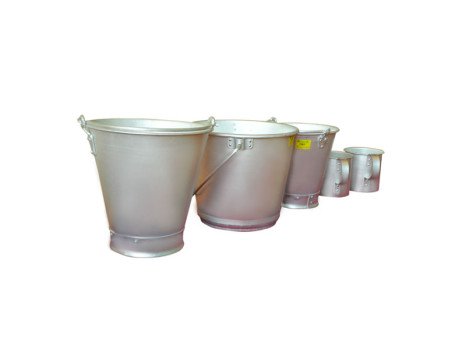
This is commonly used for collecting latex from the field. Buckets of different capacities are available to suit individual preferences.
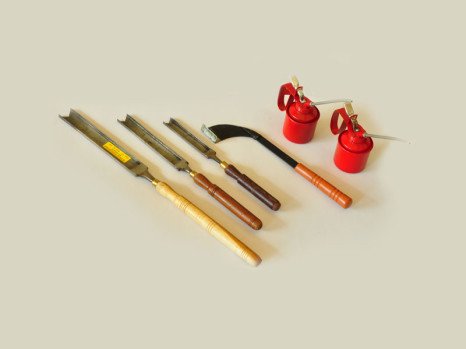
Tapping knives: In India, three types of tapping knives are used. The ‘Michie Golledge’ knife is the most widely used. The second one is the ‘Jabong’ knife, commonly used in Malaysia which is more suitable for speedy and easier tapping, but with a slightly higher bark consumption. It is now gaining popularity. A third type called ‘Modified Gouge’ knife is used mainly for controlled upward tapping (CUT).
Oil can: Regular lubrication plays a major part in the trouble-free operation of rubber rollers. An oil can is a must as oil can be applied to the right point with minimum wastage.
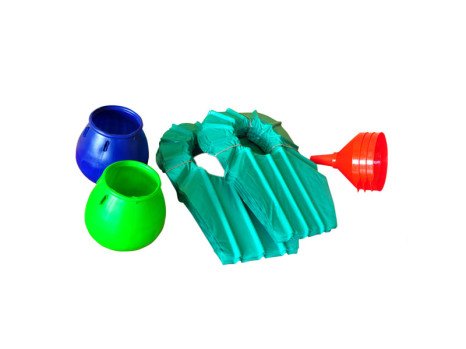
Scrap basket: Scrap baskets are used for collection of cup lumps and tree lace which are generated while tapping rubber trees.
Funnel: Funnels are used for transferring field latex from collection buckets to containers used for transporting latex to the processing area. Loss of valuable latex during transfer is eliminated by the use of funnels.
Tapping shade: Tapping shades are made using PVC film. These shades are ready to use unlike plastic film which has to be cut to required size before use. Another advantage is that the tapping panel remains dry as the tapping shade does not cover the tapping panel like plastic film shades.
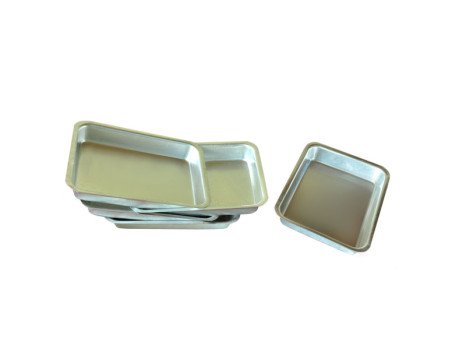
This is a rectangular container used for coagulating latex. Aluminium dishes are the most commonly used vessels for coagulation of latex. They do not corrode and are easy to clean.
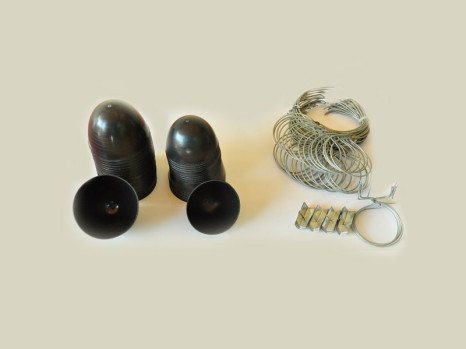
Latex cup: Plastic cups are used to collect latex from each tree. They have almost replaced coconut shells as the preferred choice nowadays. Latex cups are available in 2 capacities – 600 ml & 900 ml
Cup hanger: Cup hangers are used to keep the collection cups in place below the spouts. They are made of GI wire and tied on to the trees with the help of plastic thread. Another type which is clipped on to the trees is also available.
Spout: Spouts are made of galvanized iron (GI) or tin sheet (5 x 3 cm size in approximate) folded along its length into a V-shape. It is driven into the bark a few inches below the front end of the tapping cut to guide the latex into the collection cup. While fixing the spout, it must be ensured that the cambium is not injured.